

In this monumental work, the three authors reconstruct human evolution by mapping the worldwide geographic distribution of genes for over 110 traits in over 1800 primarily aboriginal populations.
This is the first overall description of the diffusion and migrations of Homo sapiens.
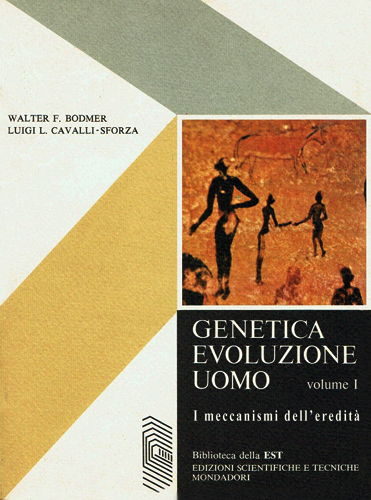
Italian translation of The Genetics of Human Populations, in 3 volumes. It offers the same material of the original English text, in a slightly abridged form.
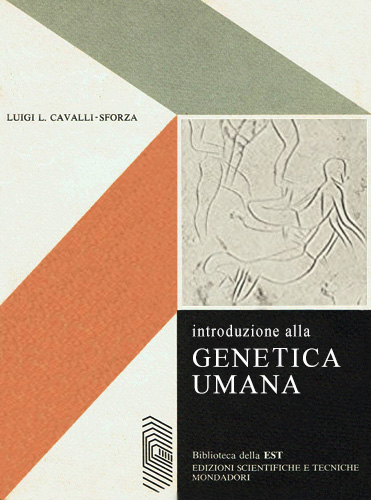
An introduction to Human Genetics. Italian translation of the relevant part of The Genetics of Human Populations. By Albamaria Ramazzotti, the author’s wife.

This volume established a new discipline, the Genetics of Human Populations. It introduces the reader to the basics of genetics, and it provides the conceptual and mathematical tools to study population structure and the dynamics of human evolution. Since 1971, it has been a standard teaching and reference work in its field.

A basic introduction to statistics and its tools, meant expressly for physicians and researchers in biology, but equally useful to anybody who would like to master the discipline and to profit from the usefulness of its methods, in research of any kind.

In this book of 1947, Adriano Buzzati Traverso and his pupil Luigi Luca Cavalli (not yet Sforza) introduce the biophysical approach to heredity.

An essay on cultural transmission and evolution: definition of culture; animal culture; mechanisms, dynamics and factors of cultural transmission; interactions between biological and cultural transmission.
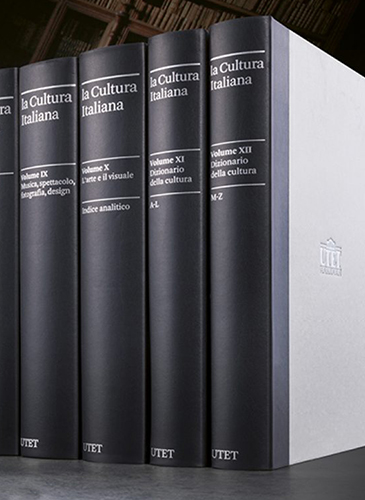
The Italian Culture is a 12-volume encyclopedia, directed by Cavalli-Sforza, devoted to all sides of Italian living and culture: I – Land and Peoples; II – Tongues and Languages; III – House, Town, and Landscape; IV – Economy and Communication; V – Social Structure, Values, and Politics; VI – Food, Games, Feasts, and Fashion; VII – Culture. A Humanistic Inclination; VIII – Sciences and Technologies; IX – Music, Spectacle, Photography, and Design; X – Art and Visuals / Subject Index; XI – Dictionary of Culture A-L; XII – Dictionary of Culture M-Z. The whole of the nation’s history is explored, for the very first time.

A scientist’s enquiry into the tools that allow us to look into the human past: genetic transmission and molecular biology, demography and statistics, archeology and linguistics. The progress of the species, between chance and necessity. How the co-operation among different disciplines may help us to understand the marks left by our evolutionary history.

The evolution of culture, studied in its distinctiveness as well as in its affinities with biological evolution. The first book to deal with culture as an evolutionary force in its own right, and to approach the interlacement between biology and culture, and its driving effect on the evolution of our species.
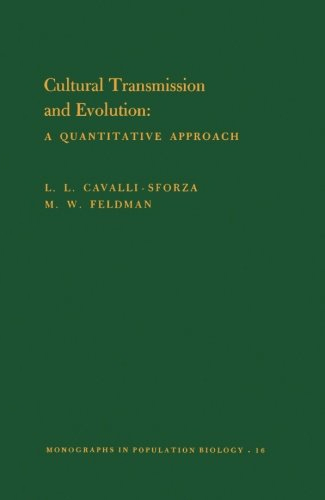
A quantitative approach to cultural transmission and evolution, introducing mathematical models to account for the non-genetic transmission of cultural traits.

A case study, nation-wide: consanguineous marriages and inbreeding in Italy in the past centuries, reconstructed through parish-book genealogies and the use of surnames as a genetic marker, along with the application of sophisticated statistical tools.

A sweeping study into human biocultural evolution, showing how it may best be understood by comparing the results of different sciences: genetics, demography, statistics, anthropology, archeology, linguistics… An introduction for the layman, food for thought to the researcher.

The findings of twenty years of reasearch on African Pygmies are collated into an all-round anthropological study of biological and cultural traits of Pygmy tribes from the Equatorial forest.

Bringing together the data gathered by archeology and by genetics, the book reconstructs the peopling of Europe by farmers, showing their diffusion across the continent at the time of the shift from hunting-gathering to a farming and breeding economy. A successful example of co-operation between different fields of research.

Human diversity: the factors behind it and how it emerged in the course of time. How we change through succeeding generations. Genetics and molecular biology, archaeology, anthropology and linguistics come together to address the question of where we came from and how we became what we are.

A study on the roots of racism and the refusal of “the other”. “Weness”, the sense of strength, safety and superiority provided by the group we identify with, and some of its dire consequences in XXth century history.
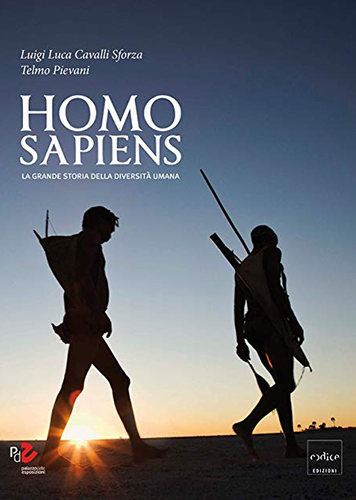
Born as a catalogue to the exhibit Homo sapiens, La grande storia della diversità umana, held in Rome in 2011, the book traces the history of humankind, as reconstructed through the disciplines that investigate our past. The narration is supported by the exhibit’s displays.
Pagina esposizione

How a clever, arrogant human species came to colonize the planet, through a variety of biological and cultural adaptations, leading to waves of radiation as a consequence of demographic success, and to the differentiation of Homo sapiens into many thousand peoples across the continents. From molecules to customs.

Today is the first day of the rest of our lives, goes an old saying, and the search for happiness proceeds by trial and error, very much as science itself does. A search for what makes us happy, looking at human history and our changing customs, and at the basic drives of our biological make.up. Ethical choices surrounding birth, reproduction, and death, in the light of the quest for happiness.

A book for the young, explaining the fundamental factors of both biological and cultural evolution, and showing their display through human history. The matter of racism and intolerance is addressed, detailing its causes, its symptoms and emergence in the course of time, and its remedies.

Science Course for Junior High Schools: Physics, Chemistry, Biology, Genetics, Evolution, Energy, Geology, Anatomy, Physiology, Biodiversity, Ecology, and Astronomy, are the main subjects dealt with.

Biology Course for Senior High Schools.

Science Course for Intermediate High Schools.

Science Course for Intermediate High Schools.
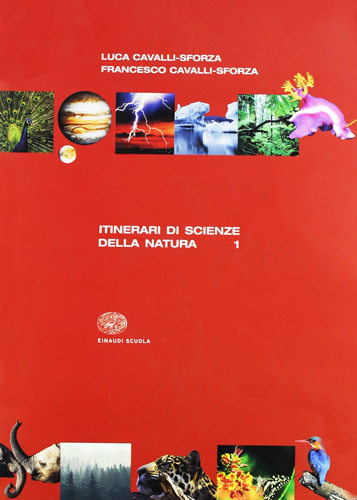
Science Course for Commercial High Schools.

Science Course for Technical High Schools.

Science Course for Junior High Schools.

Science Course for Junior High Schools.

Excerpts from the travels and the life on the field, in the lab and in the academy , of L.L. Cavalli-Sforza. Pictures and travelogues: the Pygmies and the African forests, the crossing of the Sahara, scientists and family, Cambridge and Stanford. The unquenchable curiosity of a researcher.

The scientific research of L.L. Cavalli-Sforza, unifying the study of genetics and of culture, as seen through the eyes of an anthropologist and of a geneticist (with an introduction by Cavalli-Sforza).

A researcher’s adventure. An auto-biography of Luigi Luca Cavalli-Sforza: how he discovered Genetics as a young medicine student, and how from the study of bacterial recombination he progressed to founding Human Population Genetics and to the parallel study of biological and cultural human evolution. A section of the book is dedicated to what science is and is not, and to the reasons for practising it.